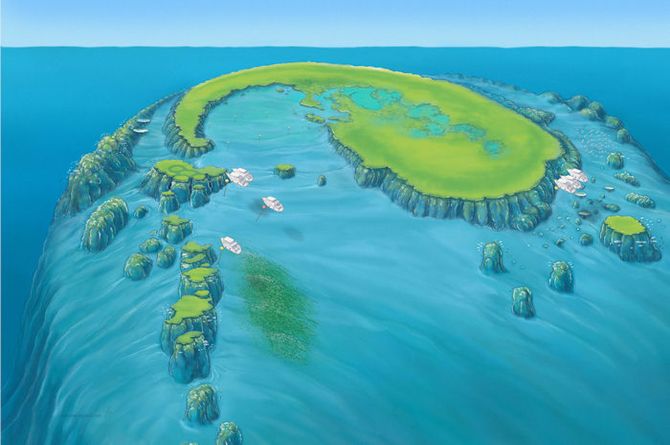HEPCA 2011 Review - Samadai Monitoring
The monitoring of Samadai, with the six surveys conducted this year, is now a well-oiled programme, robust enough to support modifications that we would like to introduce with the new year, supported by the Rufford Small Grant for Conservation recently awarded to the project. Research, training and education activities have been combined to ensure a comprehensive study of the site and its wildlife. Important data on the spinner dolphins visiting the reef were collected during the 23 sightings that occurred in the lagoon, including data on groups’ size and composition as well as 7,116 images that are now being processed for photo-identification purposes. Precious insights on the population’s reproductive status could be recorded during summer months, when the presence of newborns and calves shows a peak. Interesting behavior was also observed, including sequences of play and socialization. This is of indubitable scientific interest, but acquires even more relevance when considering the availability of historical data from 2006, allowing comparisons between the past and the current situation. What we know so far is that a large group of dolphins known from 2005 continue to visit the waters of the reef, some of them more regularly than others, with some of the females carrying on new maternities, whilst several among them are at their first experience. We are working on a more detailed report due to be published soon on the HEPCA website. The only bad news: a calf found dead in September, whose death is still a mystery unsolved. The knowledge and importance of this area has been disseminated among more than 1,000 tourists visiting the site; HEPCA researchers would like to thank all dive guides and crews who have hosted them and, in particular, Red Sea Diving Safari at Marsa Nakari for their endless support. The team would also like to thank colleagues, students and interns who have joined and assisted the scientists this year. New endeavors are coming up, including new educational material and opportunities for dive guides. Wishing you all a successful 2012, we look forward to seeing you all soon!



